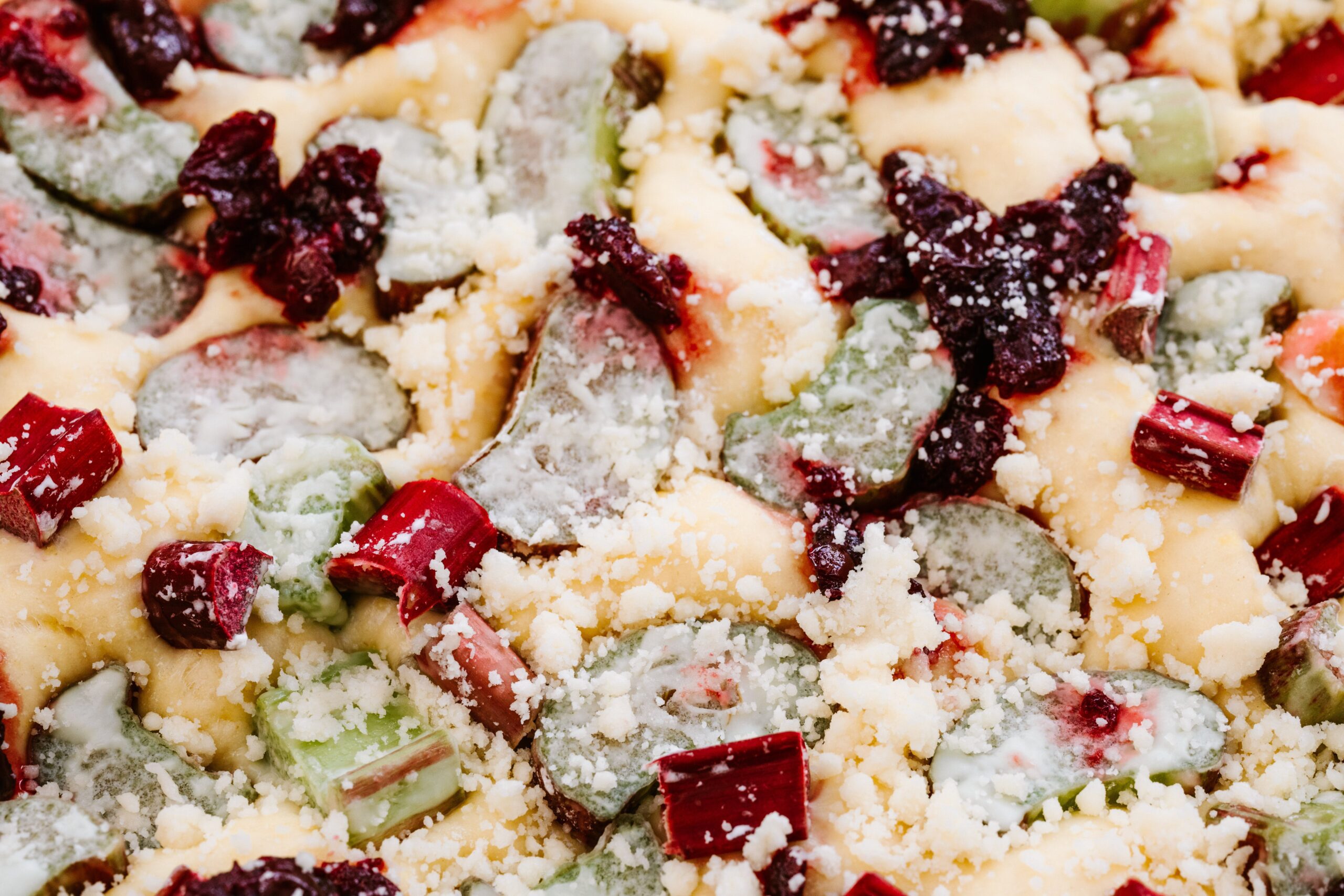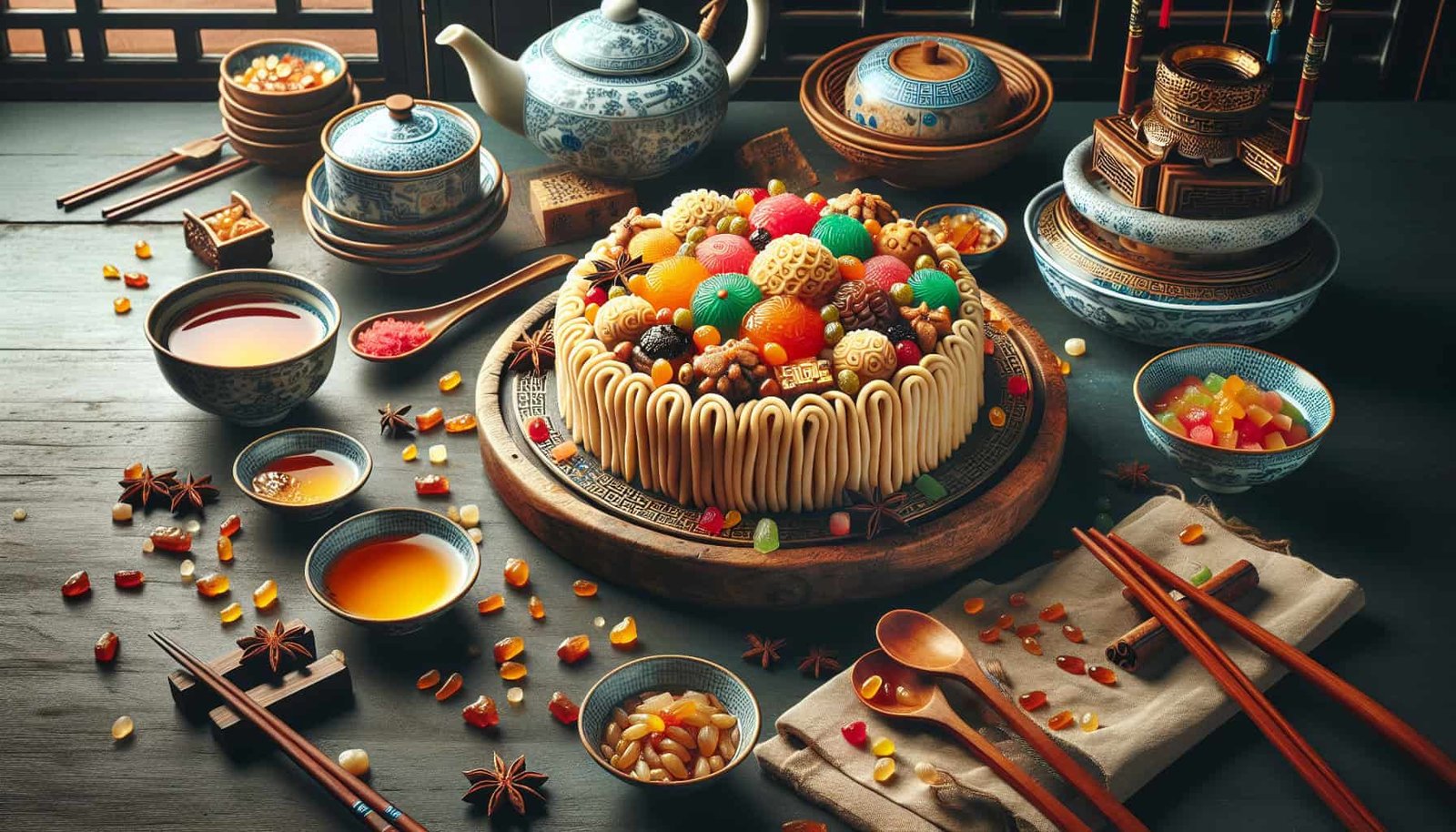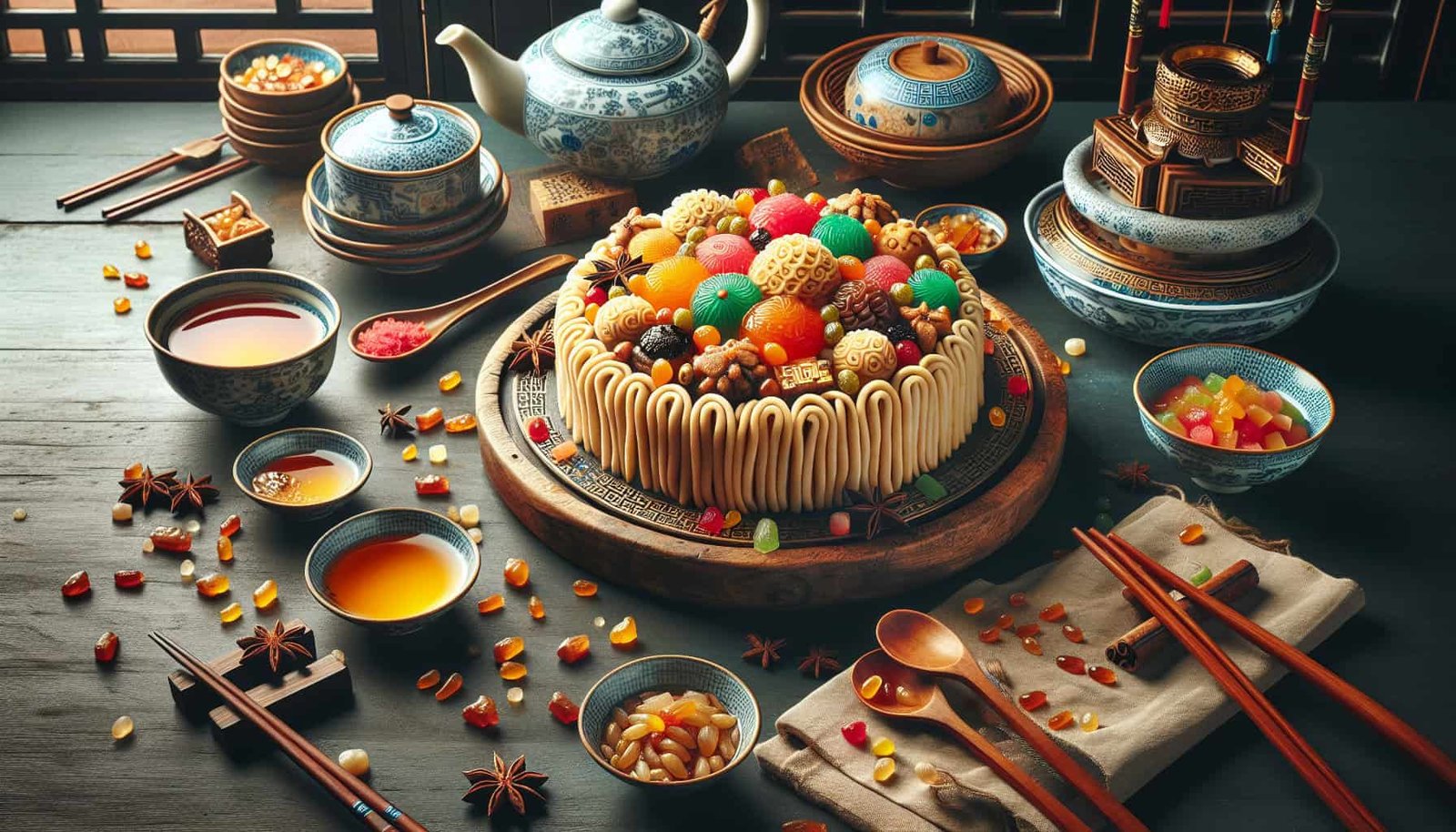Are you tired of the same old Chinese desserts and in need of something new and exciting? Look no further, because here we have a tantalizing selection of unique, lesser-known Chinese desserts that are sure to leave your taste buds dancing with delight. From the delicate and fragrant Osmanthus Cake to the sticky and sweet Tangyuan, this article will take you on a delicious journey through the lesser-explored corners of Chinese dessert cuisine. So get ready to satisfy your sweet tooth and discover a whole new world of flavors that will have you coming back for more.

1. Traditional Chinese Desserts
1.1 Traditional Chinese Desserts Overview
When it comes to desserts, China has a rich and diverse culinary heritage. Traditional Chinese desserts are known for their exquisite flavors and unique textures, often incorporating ingredients like beans, rice, fruits, and nuts. These desserts not only satisfy your sweet tooth but also offer a glimpse into the country’s long-standing culinary traditions.
1.2 Popular Traditional Chinese Desserts
Some of the most beloved traditional Chinese desserts have gained popularity worldwide. One such dessert is Mooncakes. These delicious pastries are often enjoyed during the Mid-Autumn Festival, filled with sweet lotus seed or red bean paste. Another favorite is Sesame Balls, which are deep-fried glutinous rice balls filled with sweet bean paste and coated with sesame seeds for a delightful crunch. These desserts have become emblematic of Chinese culture and are widely available in Chinese communities globally.
2. Unique and Lesser-Known Chinese Desserts
2.1 Introduction to Unique and Lesser-Known Chinese Desserts
While popular Chinese desserts are widely enjoyed, there is a whole world of unique and lesser-known Chinese desserts waiting to be discovered. These desserts reflect the diversity of Chinese regional cuisines and offer a delightful surprise to those seeking something different. From lesser-known regional specialties to modern interpretations of classic desserts, there is truly something for everyone.
2.2 Regional Varieties
China’s vast and diverse geography has given rise to a multitude of regional dessert specialties. One such example is Tianjin Goubuli, a steamed bun from Tianjin known for its fluffy texture and sweet filling made with red bean paste or jujube paste. Shuang Pi Nai, a dessert from Guangdong, is made from buffalo milk and has a silky-smooth texture that melts in your mouth. Each province has its own unique dessert traditions, offering a wide range of flavors and textures.
2.3 Modern Interpretations of Chinese Desserts
In recent years, many talented chefs and food enthusiasts have been putting a modern twist on traditional Chinese desserts. These creative interpretations infuse new ingredients and techniques into classic recipes, resulting in unique and innovative flavors. For example, you might come across Black Sesame Ice Cream, a delightful combination of the familiar flavor of black sesame with the refreshing creaminess of ice cream. These modern interpretations provide an exciting fusion of traditional and contemporary flavors.

3. 10 Unique and Not Commonly Known Chinese Desserts
3.1 Dessert 1: Tángyuán
Tángyuán, also known as sweet glutinous rice balls, are a traditional Chinese dessert often enjoyed during the Lantern Festival. These colorful and chewy rice balls are usually filled with sweet bean paste, sesame paste, or ground nuts. They are typically served in a warm, sweet broth and symbolize reunion and togetherness.
3.2 Dessert 2: Douhua
Douhua, or tofu pudding, is a soft and silky dessert made from soybeans. This delicate dessert is often served with a sweet syrup made from brown sugar or ginger. Douhua comes in various textures, from silky smooth to slightly firmer versions with added toppings like red bean paste, taro, or tapioca pearls.
3.3 Dessert 3: Zongzi
Zongzi is a traditional Chinese sticky rice dumpling wrapped in bamboo leaves. These pyramid-shaped treats are usually filled with a combination of glutinous rice, meats such as pork or chicken, and various other ingredients like mushrooms, chestnuts, or salted duck egg yolks. Zongzi is often enjoyed during the Dragon Boat Festival and has a unique, savory taste.
3.4 Dessert 4: Osmanthus Jelly
Osmanthus jelly, also known as guìhuā gāo, is a fragrant dessert made from dried osmanthus flowers. The flowers are steeped in hot water to extract their delicate aroma, which is then used to set the jelly. The resulting dessert has a subtly sweet and floral taste, making it a refreshing treat on a hot day.
3.5 Dessert 5: Liangpi
Liangpi, meaning “cold skin” in Chinese, is a popular street food dessert originating from Shaanxi Province. It consists of wide, flat noodles made from wheat or rice starch, served cold with a variety of toppings such as cucumber, bean sprouts, chili oil, and a tangy vinegar sauce. Liangpi is a refreshing and savory dessert choice, perfect for those looking for a unique flavor combination.
3.6 Dessert 6: Red Bean Soup
Red bean soup, or hóngdòu tāng, is a classic Chinese dessert made from boiling red beans with sugar until they become soft and mushy. The resulting soup is served hot or cold and has a naturally sweet flavor. Some variations of this dessert include adding glutinous rice balls or other ingredients to enhance the texture and taste.
3.7 Dessert 7: Fengli Su
Fengli Su, or pineapple pastries, are a popular dessert in southern China, especially in Taiwan. These buttery pastries are filled with a sweet and tangy pineapple paste that offers a burst of flavor with every bite. Fengli Su is often enjoyed as a snack or gift during special occasions and festivals.
3.8 Dessert 8: Mochi
Mochi is a chewy rice cake made from glutinous rice flour. These delightful treats come in various flavors and fillings, ranging from traditional options like red bean paste and sesame paste to more modern variations like matcha (green tea) and mango. Mochi is a favorite dessert that can be enjoyed on its own or used as a topping for other desserts.
3.9 Dessert 9: Almond Tofu
Almond tofu is a light and delicate dessert made from almond milk and agar-agar, a type of seaweed-based gelatin. The dessert has a smooth and creamy texture and is often served with a sweet syrup made from rock sugar. Almond tofu is a refreshing and healthy option for those seeking a dairy-free dessert alternative.
3.10 Dessert 10: Pineapple Cake
Pineapple cake, or fènglí sū, is a popular Taiwanese dessert that has gained worldwide recognition. These buttery pastries are filled with a sweet pineapple filling that combines the tartness of pineapple with a rich and crumbly crust. Pineapple cakes are often enjoyed with a cup of tea and make for a delightful treat to uplift your mood.

4. Where to Find Unique Chinese Desserts
4.1 Chinese Specialty Dessert Shops
Chinese specialty dessert shops are a great place to explore and try unique Chinese desserts. These dedicated establishments often offer a wide range of traditional and modern desserts, allowing you to satisfy your curiosity and indulge in delectable treats. From steamed buns to ice creams, these shops are a treasure trove of hidden dessert gems.
4.2 Traditional Tea Houses
In many Chinese cities, traditional tea houses offer not only a serene atmosphere to enjoy a cup of tea but also a variety of dessert options. These tea houses often specialize in traditional desserts that pair perfectly with different tea varieties. So sit back, relax, and savor the flavors of these unique desserts while enjoying the calming ambiance of a traditional tea house.
4.3 Local Markets and Street Food Vendors
One of the best ways to discover unique Chinese desserts is by exploring local markets and seeking out street food vendors. You will find an array of desserts that are specific to certain regions or even neighborhoods. Don’t be afraid to try something new and immerse yourself in the vibrant culinary culture of street food. Just follow the mouth-watering aromas and let your taste buds lead the way.
In conclusion, Chinese desserts offer a delightful journey into the rich and diverse culinary traditions of the country. From popular treats to unique and lesser-known delicacies, there is an incredible variety of flavors and textures waiting to be explored. Whether you choose to enjoy traditional flavors or venture into modern interpretations, you are sure to find a unique Chinese dessert that will leave you craving for more. So go ahead, embark on a culinary adventure, and indulge in the magic of Chinese desserts.

